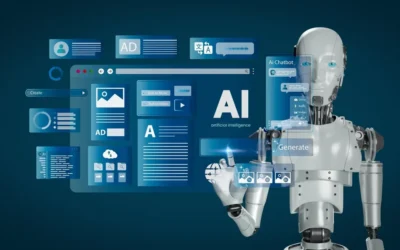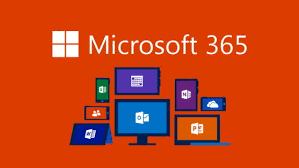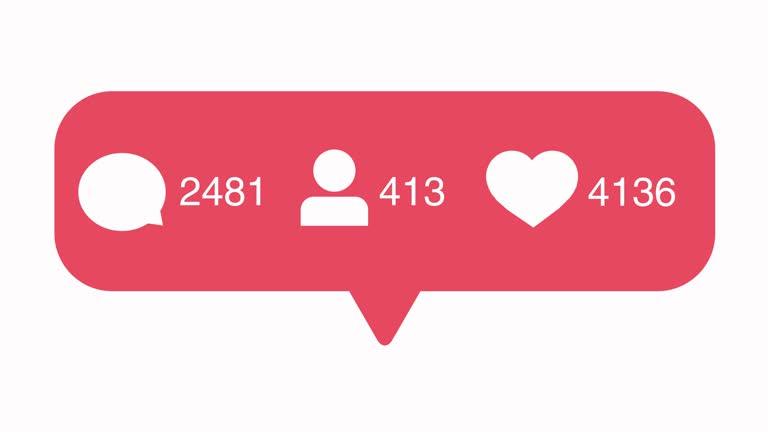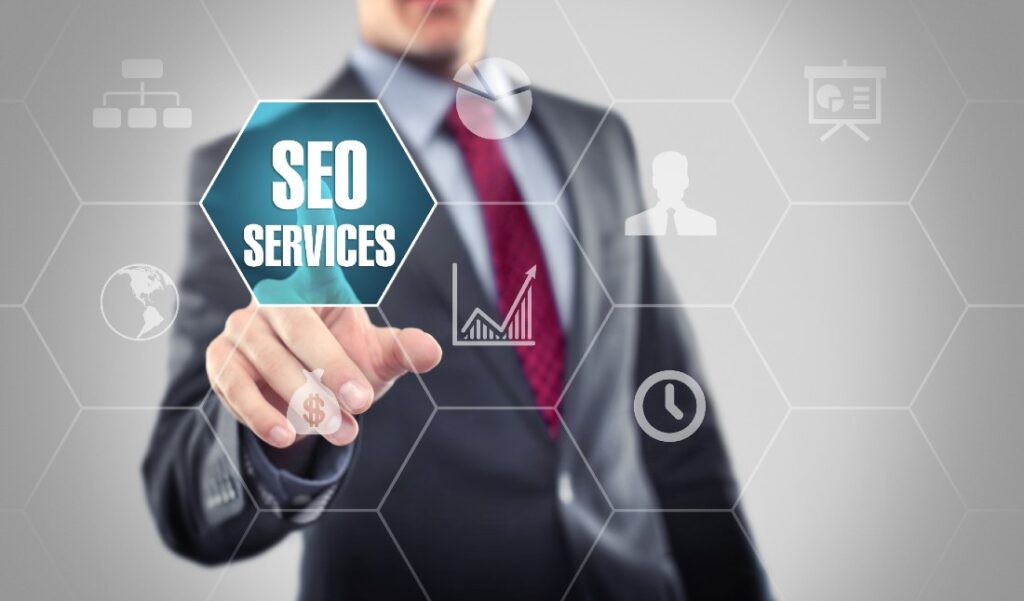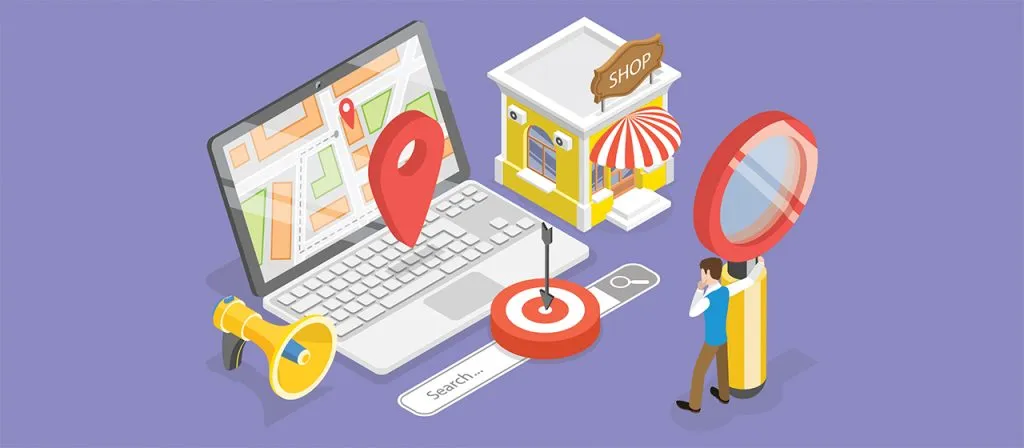Unlocking Growth with Funnel Marketing: A Complete Guide
Funnel marketing is a powerful strategy used by businesses to guide potential customers through a step-by-step journey — from discovering a product or service to finally making a purchase. It’s a structured approach that helps companies optimize their sales processes, improve customer experiences, and boost conversion rates.
Whether you’re running a small online store or a large enterprise, understanding how funnel marketing works can significantly impact your bottom line. In this article, we’ll explore what funnel marketing is, why it matters, and how you can implement it effectively.
What is Funnel Marketing?
Funnel marketing refers to the marketing model that visualizes the customer’s journey as a funnel, beginning with the awareness stage and narrowing down to conversion and loyalty. Each stage of the funnel is designed to nurture the prospect and bring them closer to making a purchasing decision.
The concept gets its name from the way potential customers “funnel down” through different stages:
- Top of the Funnel (TOFU): Awareness and discovery
- Middle of the Funnel (MOFU): Consideration and evaluation
- Bottom of the Funnel (BOFU): Decision and purchase
By analyzing each stage carefully, businesses can identify where customers are dropping off and how to re-engage them effectively.
The Importance of Funnel Marketing in Business
Funnel marketing plays a crucial role in structuring your marketing strategy and customer acquisition process. Here’s why it’s important:
Increases Conversion Rates
A well-defined funnel allows businesses to target the right audience with the right message at the right time. This ensures that more prospects move from interest to action, thereby improving conversion rates.
Enhances Customer Experience
By segmenting your messaging based on the buyer’s journey, you can offer personalized content that speaks directly to their needs and pain points. This builds trust and increases the likelihood of long-term customer relationships.
Provides Actionable Data
Tracking the performance of each funnel stage gives you detailed insights into user behavior. You can identify bottlenecks and areas that need optimization to improve the overall effectiveness of your marketing efforts.
Key Stages of Funnel Marketing
Understanding the different stages of funnel marketing is essential to developing a successful strategy. Here’s a breakdown of each stage and how to approach them.
Awareness Stage (Top of Funnel)
At this stage, your goal is to attract potential customers and introduce them to your brand. The audience is generally unaware of your business or the specific solution you offer.
Strategies:
- Content marketing (blogs, videos, infographics)
- Social media outreach
- Paid advertising
- SEO and search engine marketing
Goal: Get as many people as possible into the top of the funnel through engaging and informative content.
Consideration Stage (Middle of Funnel)
Now that your audience is aware of your brand, the next step is to nurture them by providing more in-depth information. This is the time to educate them about your products or services and why they stand out from the competition.
Strategies:
- Email marketing campaigns
- Webinars and product demos
- Case studies and testimonials
- Lead magnets like ebooks or whitepapers
Goal: Build trust and guide leads to consider your offerings as potential solutions.
Decision Stage (Bottom of Funnel)
Here, your prospects are ready to make a purchase decision. This is the most critical phase of funnel marketing, and your messaging should be highly focused on conversion.
Strategies:
- Free trials or limited-time offers
- Product comparisons
- One-on-one consultations
- Strong calls to action (CTAs)
Goal: Encourage prospects to take the final step and make a purchase.
How to Build a Funnel Marketing Strategy
Creating an effective funnel requires a clear understanding of your target audience, their behavior, and what drives them to convert. Follow these steps to build a successful funnel marketing strategy.
Define Your Target Audience
Start by identifying who your ideal customers are. Develop buyer personas based on demographics, interests, behaviors, and challenges. The more specific your personas, the more targeted your funnel can be.
Map the Customer Journey
Outline the complete journey your customers take from discovering your brand to becoming loyal buyers. This helps you design relevant content and experiences for each stage of the funnel.
Develop Stage-Specific Content
Each stage of funnel marketing requires different types of content. Create blog posts and social media content for awareness, in-depth guides and email sequences for consideration, and persuasive product pages and offers for conversion.
Implement Automation Tools
Marketing automation platforms like HubSpot, ActiveCampaign, or Mailchimp can help you manage email campaigns, track user behavior, and move leads through the funnel efficiently.
Measure and Optimize
Use tools like Google Analytics, CRM platforms, and A/B testing to track performance. Look for drop-offs in the funnel and tweak your messaging or user experience to improve flow and conversions.
Common Mistakes in Funnel Marketing
Avoiding pitfalls can save you time and money. Here are some common mistakes to watch out for:
- Ignoring middle-of-funnel content: Many businesses focus too much on awareness and conversion, neglecting the consideration stage where most leads are lost.
- Not segmenting your audience: Sending the same message to all users leads to poor engagement. Personalization is key.
- Lack of follow-up: Leads need nurturing. Ignoring follow-up emails or content can lead to missed opportunities.
- Not tracking results: Without data, you can’t improve. Always analyze metrics like click-through rates, bounce rates, and conversion rates.
Funnel Marketing in the Digital Age
With the rise of digital platforms, funnel marketing has become more sophisticated. You can now track user behavior across websites, emails, and social media to create hyper-personalized journeys.
Dynamic funnels powered by AI and machine learning can adapt content based on real-time behavior. Tools like chatbots, retargeting ads, and interactive landing pages are reshaping how businesses engage with prospects across funnel stages.
Final Thoughts
Funnel marketing is not just a buzzword — it’s a proven method to turn strangers into loyal customers by delivering the right message at the right time. By understanding your audience, crafting tailored content, and constantly analyzing performance, you can build a funnel that consistently drives revenue and growth.
